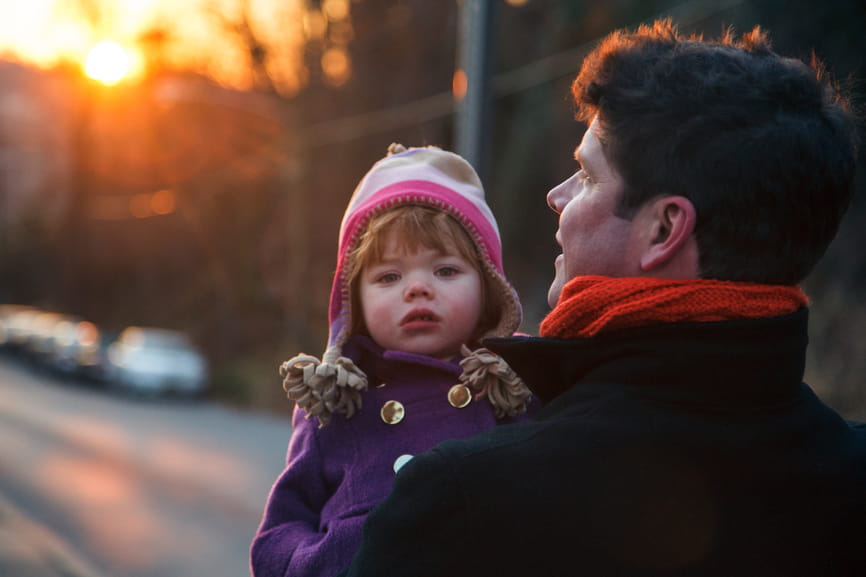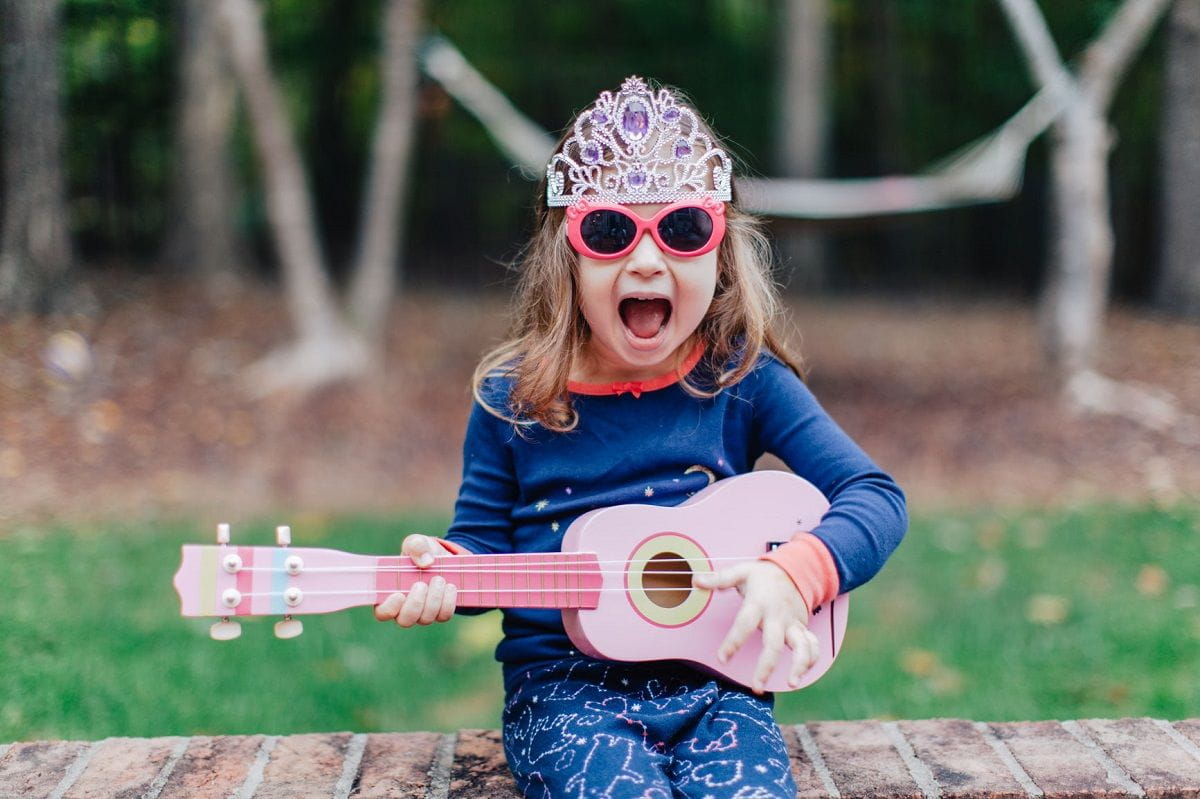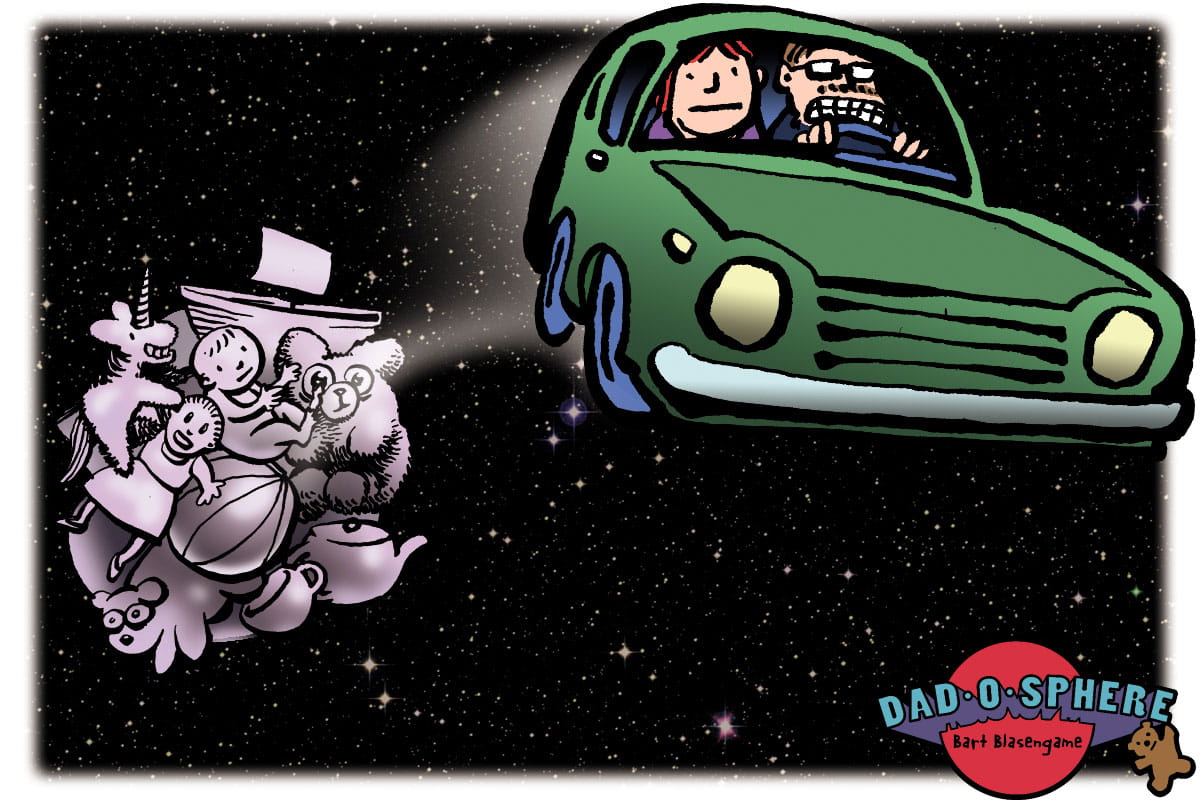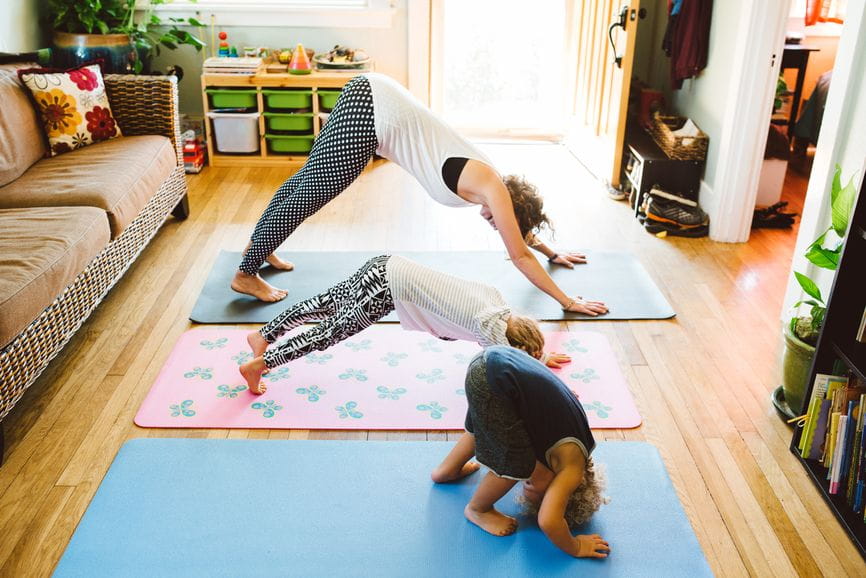The Destroyer: 8 Ways to Help Kids Express Big Feelings in a Better Way
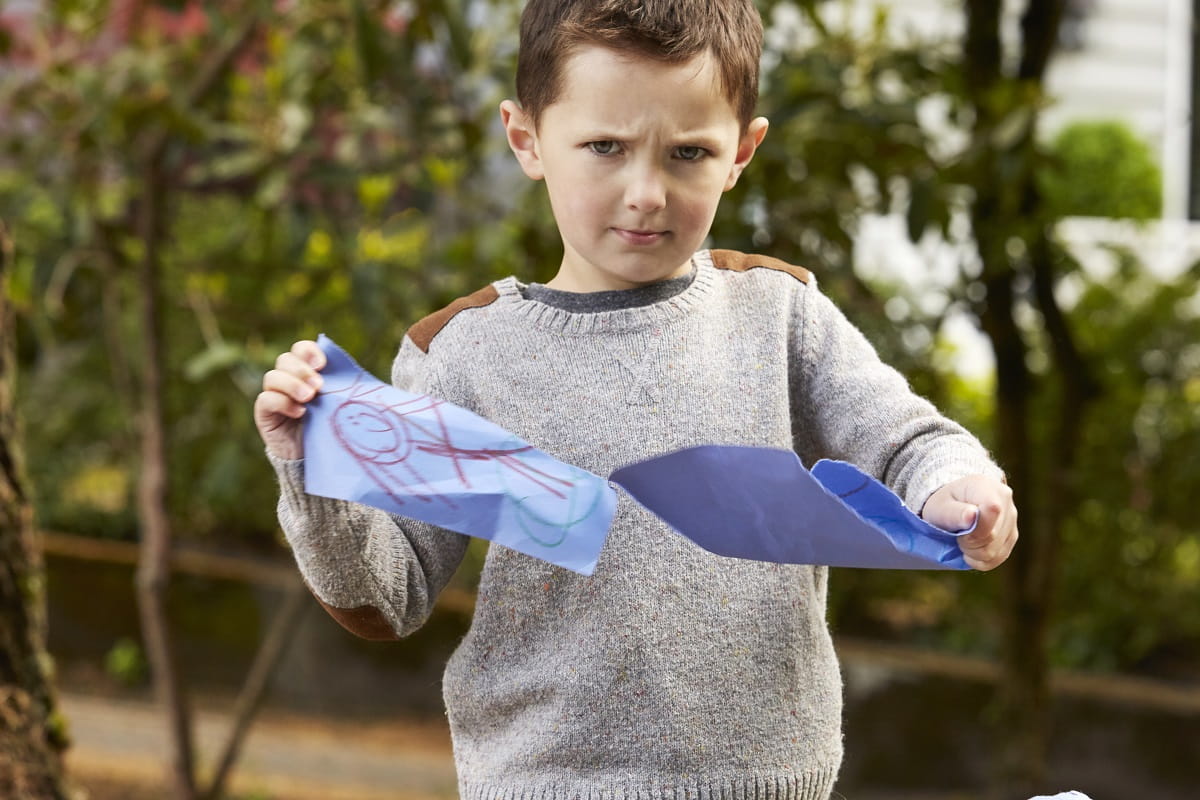
Has this ever happened to you? You tell your sweet, reasonably well-behaved kiddo that it’s bedtime—but instead of taking your hand and heading up the stairs, he responds by tossing his little chair across the room. Boom! He’s been transformed into a stomping, swiping, throwing little destruct-asaur right before your eyes.
The impulse to break, throw, or generally “destroy” stuff isn’t unusual among the pre-K set, notes Stefanie Plebanek, an Inclusion Services advisor who works at KinderCare Education helping teachers, families, and children address all kinds of challenging behaviors. Children at this age are still learning the language skills they need to express their big emotions—and sometimes they use action to get their message across.
Knocking all her books off the shelf in one fell swoop or ripping up her big brother’s artwork might seem nonsensical, but even when her actions are frustrating—and maybe especially then—your child is probably trying to tell you something. “We believe all behavior has meaning,” Plebanek says. “If you can figure out why a child is doing something, then you can help her learn a better way to express the big feelings behind her actions.”
We talked with Plebanek about four common reasons why your little one might demonstrate destructive behavior—and what you can do to help tame the inner tempest:
1. It’s misdirected anger.
If your child is yanking all the clothes out of her drawers and throwing them on the floor, it may be her way of communicating that something significant is bothering her (and it’s not just that she can’t find her special rainbow shorts).
Try This: If you know what upset your child, try speaking directly about her emotions: “I can see that you’re upset. Are you feeling sad that your cousins had to go home on an airplane?” Acknowledging her emotions tells your little sweetheart that she’s been heard—and giving her words for her feelings (like “sad,” “mad,” or “frustrated”) will help her discover new ways to express herself. Follow up with an opportunity for more connection: “How about we sit together on the couch and look at all the fun pictures we took during your cousins’ visit?”
Take It Further: Create a cozy “calm down” spot, such as a quiet nook in the den, where she knows she can go when she feels upset and needs some space. Decide on the location together—you can decorate it with a spare soft blankie, a cuddly toy, a soothing book, or even a canopy of colorful scarves.
2. It’s anger—at you.
Did announcing it was time to stop playing and wash up for dinner trigger a torrent of puzzle pieces being launched your way? Chances are he’s frustrated or mad that he’s not in control of his own schedule and activities.
Try This: Keep your response as neutral as possible—saying things like “no,” “don’t do that,” and “stop” will likely make your child try even harder to assert his control. Acknowledge his feelings, and then help him calm down by offering an alternative choice that allows him a degree of being “in charge.” For example, if he’s contesting bedtime, you might say, “I can see that you’re upset about bedtime. But it’s important for your body to get rest so you’ll have lots of energy for school tomorrow. How about you pick out your own jammies and the book we’ll read?”
Take It Further: Are you anticipating he might react badly when you ask him to do something he may not like? Help him retain some control—and head off his puzzle-flinging response—by framing your request as an “if this, then that” statement. For example, “We need to get ready for dinner. If you help me pick up the toys on the floor and set the table, you can pick the movie tonight!”
3. It’s actually excitement.
Destructive behavior doesn’t always come from a negative place—she might just be expressing her joy about a new friend visiting by yanking all her toys off the shelves and throwing them at her pal’s feet.
Try This: Prepare your child for a new or fun experience by helping her find the words to share her excitement. Talk through what you’ll likely be doing from start to finish: “Grandma and Grandpa are going to come over soon and they’d love to see your new big-girl bed and then we’ll have lunch and take a walk to the park.” Knowing what to expect helps her channel her feelings and may keep her from bubbling over when the event actually occurs.
Take It Further: It can be hard for your tiny tot to replace big actions (like dumping all her toys out of the box) with little words (like “I’m happy to see you”). Try coming up with other physically expressive ways she can share her feelings with you. Using a family code of simple gestures can be really fun: try two thumbs way up for happy or thumbs down for mad.
4. It’s a sensory thing.
Does your little guy think the only thing more fun than building with Legos is dumping the entire bin of Legos on the floor? He may simply be enjoying the sight and sound of the experience, as well as his new found ability to make a big, noisy impact on the world.
Try This: If you are frequently up to your ankles in an avalanche of colorful blocks, introduce a mutually appealing replacement activity—dumping over the Legos® box is fun once, but if you give him two smaller containers and let him dump the Legos into them back and forth, he gets to make a big splash over and over.
Take It Further: Other activities like twisting bubble wrap or crunching plastic bottles may satisfy your little guy’s desire for noise or “destruction” without filling your living room floor with Lego landmines.
